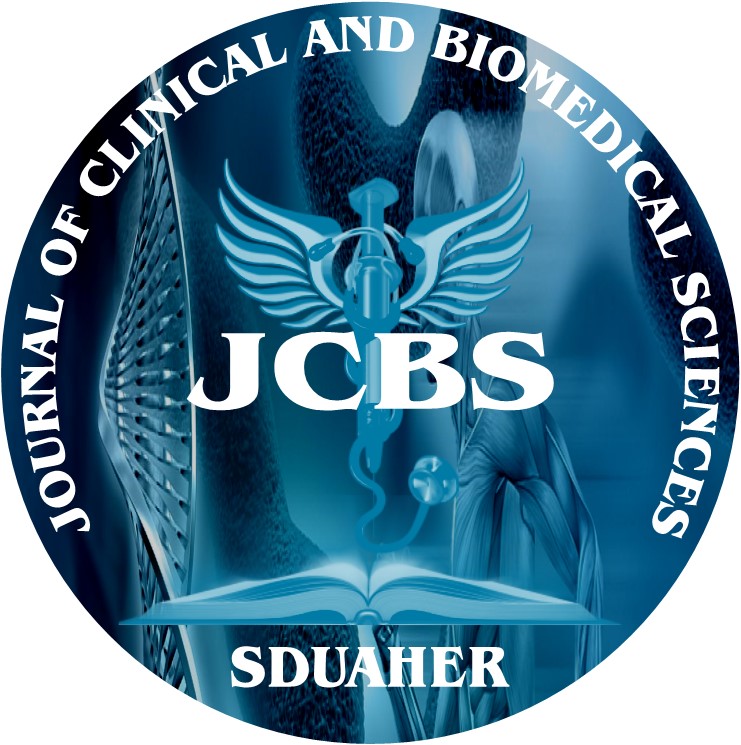


Journal of Clinical and Biomedical Sciences
Year: 2015, Volume: 5, Issue: 2, Pages: 74-77
Original Article
A. Shanti Sri*, Ayesha Jehon
Department of Obstetric and Gynecology, Deccan College of Medical Sciences, Kanchanbagh, Hyderabad, Telangana, India.
*Corresponding Author
E - mail: [email protected]
Background: Puberty menorrhagia is a common gynecological problem. Polycystic Ovary Syndrome (PCOS) is one of the most common endocrine disorders in adolescent and adult women and importantly has both reproductive and metabolic consequences. . It is challenging to make a diagnosis during the 1-2 years following menarche because normal pubertal changes can mimic features of PCOS. Aims: To determine the cause of puberty menorrhagia and evaluate the efficacy of medical management. Materials and Methods This is a prospective observational study included 48 patients who presented with menorrhagic cycles in the pubertal age group to Princess Esra Hospital, DCMS from January 2013 to December 2013. Each case was assessed by thorough history, physical examination and relevant laboratory investigations. Results: In 28 patients immaturity of hypothalamic pituitary ovarian endometrial axis was considered to be the cause as their ultrasound and hormonal assays were normal. 10 had PCOS, 3 had hypothyroidism, 4 had tuberculosis, 1 patient had thrombocytopenia, 2 patients had symptomatic fibroid uterus. Blood and its components were given to 8 patients. Conclusions: Puberty menorrhagia is a distressing condition which can lead to severe complications and may require blood transfusion. Most of the cases are due to anovulatory cycles with immaturity of the hypothalamo-pitutuary-ovarian-endometrial axis. The current epidemic of childhood obesity may increase the symptoms of polycystic ovarian disease and underscores the importance of its early and accurate diagnosis with emphasis on lifestyle modification.
Key-words: Pubertal Menorrhagia, Medical Management, Prospective study
Subscribe now for latest articles and news.